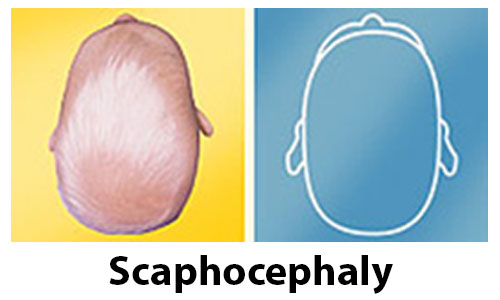

By confirming a diagnosis of plagiocephaly we can rule out craniosynostosis, a more serious condition that requires surgery. If you or your healthcare provider notice your child has an irregular head shape, the Gillette team of craniofacial experts can further evaluate. Torticollis can limit a baby’s ability to turn toward one shoulder. Over time, turning the head in one direction more consistently can flatten one side of the head. Plagiocephaly and Torticollisīabies often develop plagiocephaly as a result of muscular torticollis, a condition in which a muscle on the side of the neck is short or tight. Additionally, premature babies often remain in a fixed position during their longer hospital stay, increasing the likelihood of a flat spot developing. Plagiocephaly and Prematurityīabies born early might be at greater risk for deformational plagiocephaly because their skull bones are softer than those of full-term babies. To help lower the risk of deformational plagiocephaly while also protecting against SIDS, our craniofacial team recommends continuing to put infants on their back to sleep and frequent “tummy time” during waking hours and play to balance out positioning. However, since AAP introduced the “Back to Sleep” program in 1992, a flat head in infants has become more common because babies are spending more time on their backs, in one position. Gillette Children’s fully supports this recommendation. This recommendation has led to a dramatic reduction in cases of SIDS.

The American Academy of Pediatrics (AAP) Task Force on Infant Positioning and Sudden Infant Death Syndrome (SIDS) recommends placing infants on their backs to sleep. As the head begins to flatten, it naturally rests on that flat area, potentially worsening the problem. A uterus that contains too little amniotic fluid.Īfter birth, deformational plagiocephaly can occur if a baby frequently lies in the same position.Unusual fetal positioning inside the uterus.Pressure inside a uterus that is either too small, misshapen or crowded (in a multiple birth pregnancy).Other causes of deformational plagiocephaly before birth include: Infants at greater risk for this occurrence include unusually large babies, breech babies and multiple birth babies. If it happens too early, the baby’s head might rest against a flat surface, where it can build pressure and cause flattening. Causes Before Birthīefore delivery, a baby drops into the mother’s pelvis. Botox and Phenol Injection for Spasticityĭeformational plagiocephaly can occur while a baby is still growing in the uterus.Commitment to a Safe and Healing Environment.Understanding Costs, Insurance and the Gillette Assistance Programs.


 0 kommentar(er)
0 kommentar(er)
